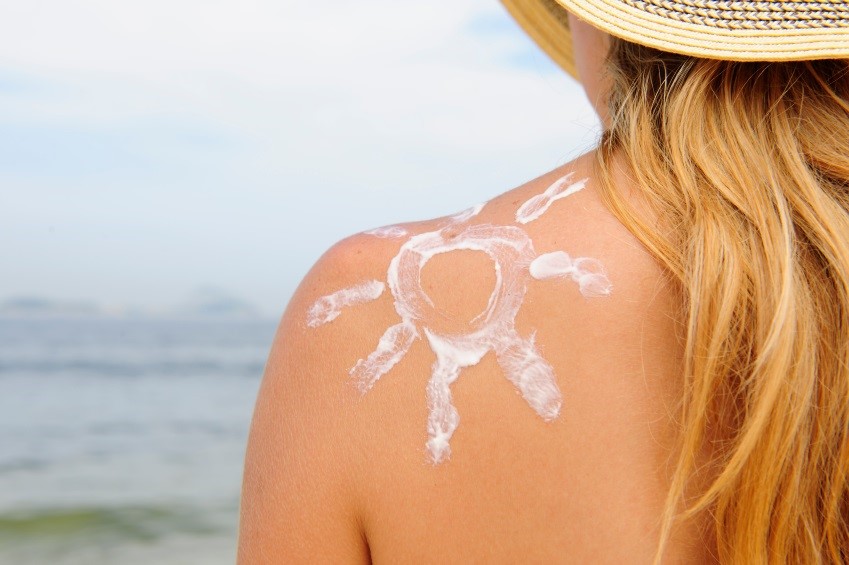5 Ingredients to Avoid in your Sunscreen
Posted by Naturally Safe Cosmetics on 27th Oct 2015
(2 minute read)
We all know that we need to protect our skin from the damaging effects of exposure to the Sun’s rays.
For decades, we have been told that one line of defence we should all employ is sunscreen, along with protective clothing, a hat and sunglasses. At Naturally Safe Cosmetics, we agree that the use of sunscreen is an absolute must in this gorgeous, sun-drenched country of ours and we recommended everyone protect their skin whenever enjoying the great outdoors. In fact, we are exposed to the Sun’s rays almost every day, even those of us who spend a lot of time indoors. Sitting in our cars on the long commute to work. Walking to work or the bus stop or train station. Kids playing in the school playground. Even just sitting indoors near a sun-filled window. We cannot escape the Sun and, sometimes, we don’t want to. After all, we do enjoy our picnics, bush walks and visits to the beach. In addition, we need our Vitamin D too!
What's in your sunscreen? (Image source: Stock image)
Physical sunscreen versus chemical sunscreen
So, when it comes to sunscreens, there are two basic types: chemical and physical. Most of the brands you’ll find on supermarket and pharmacy shelves are chemical sunscreens, meaning they contain chemicals known as UV absorbers – chemicals designed to absorb UV radiation before it can penetrate deeper into your skin and cause damage. The molecular nature of these ingredients means that they can be absorbed into your bloodstream. Unfortunately, some of these chemicals have been associated with health risks.
What’s the alternative? Choose a physical sunscreen containing zinc oxide and/or titanium dioxide as its main active ingredient. Physical (or natural) sunscreens are designed to sit on the surface of your skin and deflect or block the Sun’s UVA and UVB rays. There are some fantastic Australian brand natural sunscreens, including Wotnot, Eco By Sonya and Ethical Zinc. These natural sunscreens have zinc oxide as their active ingredient, blended with a combination of nurturing, moisturising and soothing ingredients.
So, as part of our ‘Check Your Labels’ series, here’s our list of 5 ingredients to avoid in your sunscreen:
- Oxybenzone – known as a hormone disruptor, this chemical mimics oestrogen in the body, alters sperm production in animals and has been associated with endometriosis in women - it is also associated with photo-allergic reactions, because its structure is altered when exposed to ultraviolet light, causing the body to recognise it as an invader, resulting in inflammation
- Octinoxate/Octylmethoxycinnamate – displays hormone-like activity, can affect the reproductive system, thyroid and is associated with behavioural alterations in animal studies, along with moderate rates of skin allergy
- Homosalate – shown to be a weak hormone disruptor and to break down into harmful by-products when exposed to sunlight
- Octocrylene – associated with relatively high rates of skin allergy and irritation
- Avobenzone – associated with relatively high rates of skin allergy - ironically, sunlight can cause this ingredient to break down and lose its effectiveness for skin protection - research suggests Avobenzone breaks down into potentially dangerous chemicals when exposed to sunlight and water. Read about it here.



